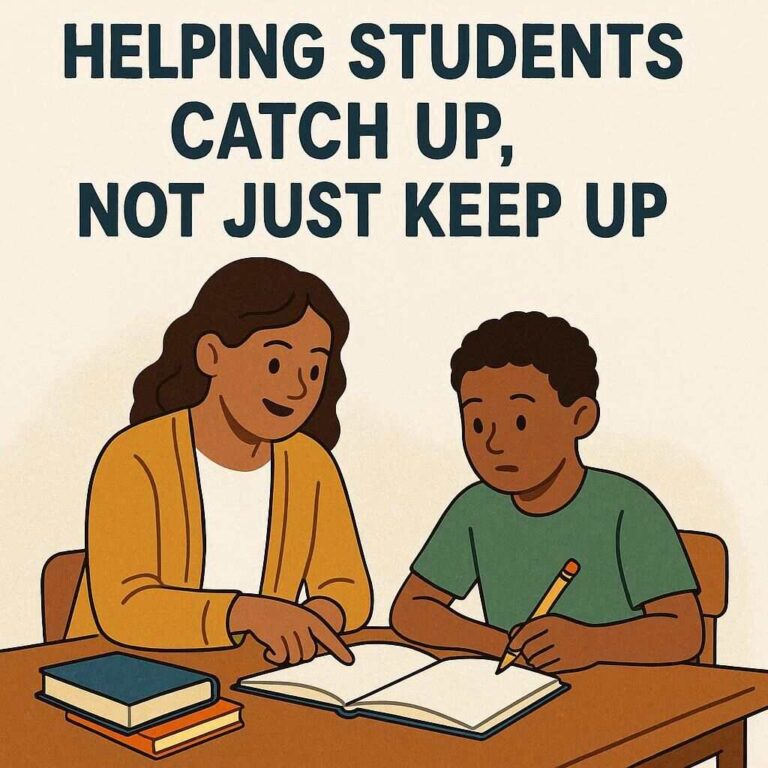The One Book
Have you ever picked up a book and felt like it should be tucked into your pocket and carried around like a talisman? That’s the idea behind the one book — the single volume that, for reasons practical or mysterious, matters more than most. Maybe it changes how you see your work. Maybe it soothes a restless heart. Maybe it becomes a handbook you return to, chapter after chapter. This article explores how a single book can be bigger than its pages, and how to choose, read, and use that book to create real, lasting change.
What Does “The One Book” Mean?

Literal interpretations
Sometimes “the one book” is literal: one book that you carry on a long trip, one book you recommend to everyone, or one book you re-read every few years. In minimalism culture, “the one book” could be the only physical book you own on a shelf. In an academic context, it’s the seminal text for a topic. Literal or not, the concept forces focus: one source, one message, one through-line.
Metaphorical interpretations
Metaphorically, “the one book” might be the idea, the framework, or the pair of lenses a single book gives you for interpreting the world. It’s less about owning and more about internalizing. You don’t need to worship a book; you need to let its best lessons work their way into your routine, decisions, and storytelling.
How a Single Book Can Change Your Life

Knowledge and skill acquisition
A book is a concentrated delivery of knowledge. Read the right manual, how-to, or theory book closely and you’ll sometimes shortcut years of trial-and-error. Think of it like a seed: one well-planted idea can grow into a garden of skills.
Emotional resonance and identity
Books also change who we are. A novel can help you understand grief or courage in a way that rewiring nerve endings does — by giving you new language for your feelings. When a book resonates emotionally, it becomes a part of your life narrative.
Choosing Your One Book

Assess your goals
Ask simple questions: Why do I need a single book? Is it for a career pivot, personal growth, emotional support, or creativity? Match the book to your immediate goals. If your aim is to start a business, choose a book that teaches frameworks and habit-building. If you need comfort, choose a work of fiction or memoir that feels like company.
Genres and formats to consider
Don’t limit yourself to a single genre. A novel, a memoir, a practical guide, a philosophy book, even a graphic novel can be the one book depending on what you need. Audiobooks or annotated digital editions may be better if you’re commuting or prefer listening. The format should match your life.
Reading Strategies to Maximize a Single Book
Active reading techniques
Read like a detective. Highlight, ask questions in the margins, flag passages that nudge or annoy you. Underline specific sentences you want to test in real life. Active reading turns passive consumption into research and experimentation.
Note-taking and summarizing
Make a two-page summary: top-line takeaways, things to try this week, and questions to revisit. Use bullet lists, one-sentence summaries per chapter, and a “why it matters to me” line. That summary becomes the actionable artifact you return to.
Applying Lessons From One Book
From idea to habit
A lesson is only as useful as the habit it produces. Pick one concept from the book and design a tiny experiment around it — two weeks, low friction, measurable. Small, consistent changes are how books bend your life.
Building projects and experiments
Use the book as a blueprint for a project. If it’s a creative book, write something inspired by a chapter. If it’s a business book, run a one-month micro-launch using its framework. Projects cement lessons faster than notes ever will.
The One Book for Different Life Stages
Students
For students, the one book could be a foundational textbook, a study-skill manual, or a novel that clarifies values. The key is utility: choose a book that helps with grades, mental models, or career direction.
Professionals
Professionals often pick books that change workflows, leadership, or creativity. A good professional “one book” introduces a framework you can apply in meetings, planning sessions, or mentoring.
Retirees
For retirees, the one book may be philosophical, reflective, or practical — think memoirs, travel writing, or how-to guides for new hobbies. The goal is enrichment, not necessarily productivity.
When “The One Book” Isn’t Enough
Cross-referencing and expanding knowledge
Sometimes one book is a doorway, not the house. Use it as a starting point: create a reading list of critics, follow-ups, and opposing viewpoints. Cross-referencing prevents blind spots and helps you understand the limits of a single perspective.
Case Studies: Famous “One Book” Moments
Fiction: a life-changing novel
Think of readers who credit one novel for shaping their adolescence — a book that clarified values or gave them a vocabulary for feelings they couldn’t name. Those novels become touchstones that resurface during crisis or celebration.
Non-fiction: a paradigm-shifting guide
There are leaders who say one business or self-help book changed their strategy. Those books provide frameworks that can scale: they’re the difference between wandering and having a map.
Practical Tips for Turning One Book Into Long-Term Value
Create a 30/90-day plan
Turn insights into a 30-day sprint and a 90-day project. Week 1: extract three concrete actions. Weeks 2–4: implement and journal. Months 2–3: scale what worked and drop what didn’t. This plan turns inspiration into measurable change.
Teach what you’ve learned
One of the fastest ways to internalize an idea is to teach it. Organize a small workshop, write a thread, or explain the book’s core concept to a friend. Teaching translates passive knowledge into muscle memory.
Common Mistakes People Make
Treating a book as a cure-all
No single book solves everything. Books are tools, not magic. Beware of the “one book syndrome” where you expect a single read to fix all problems without action.
Passive reading
Reading without doing is nostalgia disguised as productivity. If you can’t explain how a book changes your week, you probably read passively. Always pair reading with action.
Tools and Resources
Note apps and systems
Use tools like note apps, spaced-repetition flashcards, and index cards to keep the book’s ideas alive. Make a system that nudges you to revisit key insights every few months.
Community and book clubs
Good discussions surface blind spots and practical angles you won’t find alone. Join a book club or online forum that challenges you to apply what you read.
Conclusion
Books are more than ink and glue — when chosen and used well, a single book can be a compass, a toolkit, or a mirror. The idea of the one book isn’t about narrowness; it’s about focus. Choose with intention, read actively, test the ideas, and build projects that force the book’s lessons into your life. If you do that, one book can yield the returns of many.
FAQs
1. What do you mean by “the one book”?
“The one book” is the idea of a single book that you choose to center your attention around for a period of time — a book that gives you frameworks, comfort, or actionable habits you want to internalize.
2. Can a novel be “the one book,” or does it have to be non-fiction?
Absolutely — novels can change worldviews, provide emotional vocabulary, and model empathy. The genre that becomes the one book depends on the change you want.
3. How long should I focus on one book?
There’s no universal rule. A meaningful experiment might be 30 days for habit-oriented books or a year for deep, reflective works you re-read each season. The important part is having a plan.
4. What if I disagree with parts of the book?
Disagreement is useful. Treat the book as a conversation partner: note where you disagree and why. Those tensions often spark the most honest learning.
5. How do I apply the book’s lessons without getting overwhelmed?
Pick one idea to test at a time. Small experiments (two weeks, low friction) are easier to maintain and give clearer signals than grand overhauls.
6. Is re-reading necessary?
Not always, but re-reading helps when a book is dense or layered. A second read—especially with notes from your first—turns latent ideas into living habits.
7. How can I make sure I remember key ideas long-term?
Use spaced repetition, teach others, and build small projects that require you to use the ideas. Repetition and practice are memory’s best friends.
8. What tools help turn a book into action?
Note-taking apps, simple habit trackers, a 30/90-day plan, and a small accountability group are excellent tools to turn reading into behavior.
9. Can one book replace a broader education on a topic?
No. One book can jump-start learning, but a robust understanding usually requires multiple sources and practice. Think of one book as phase one, not the final exam.
10. How do I choose the right “one book” for me?
Start with your immediate goals, ask for trusted recommendations aligned with those goals, and sample a few chapters. Choose a book that both inspires and offers actionable steps you can test quickly.







